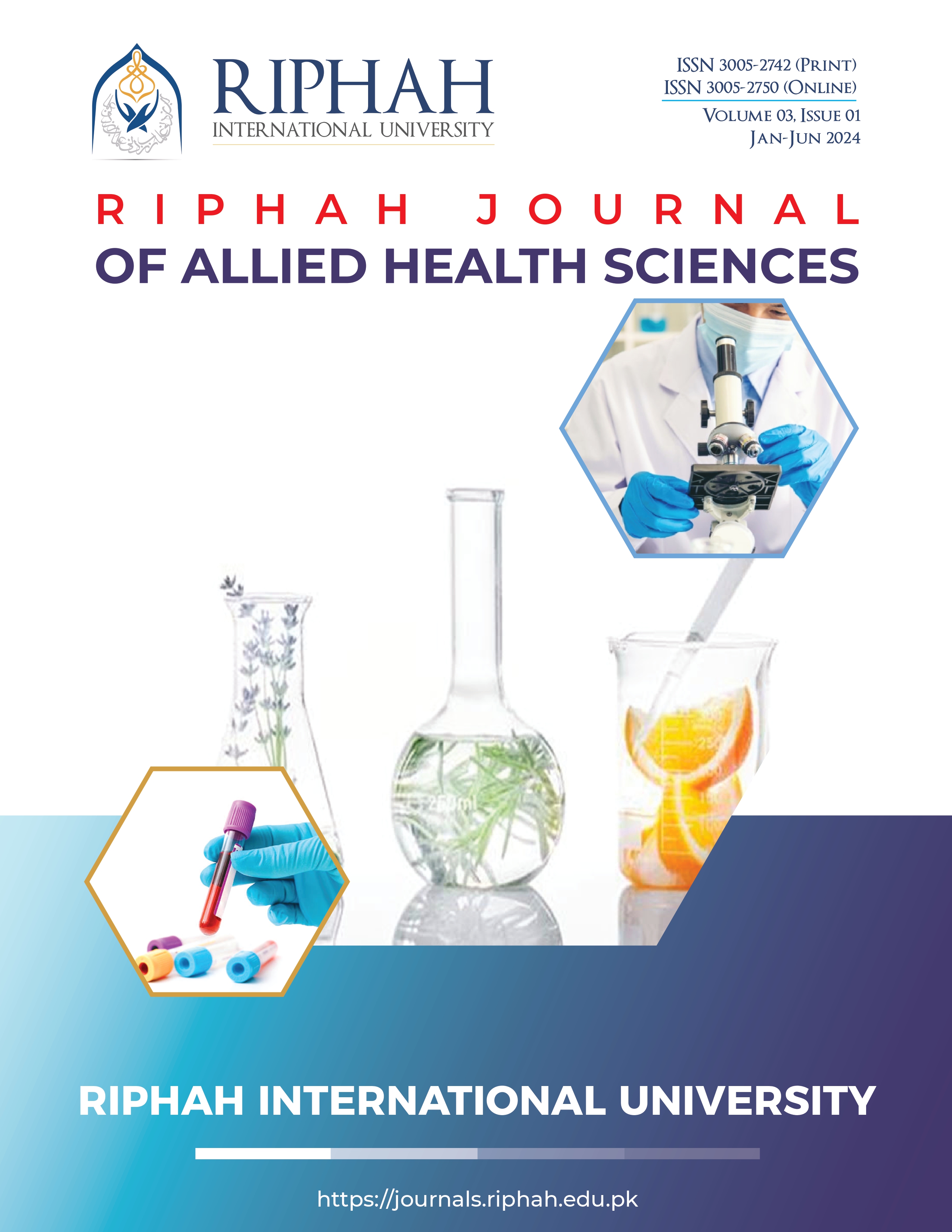F-Box protein of Cryptococcus neoformans and its role in fungal sexual reproduction and virulence
Keywords:
F-Box protein, Cryptococcus neoformans, sexual reproduction, virulenceAbstract
Cryptococcus neoformans is a pathogenic yeast that poses significant health risks, particularly to immunocompromised individuals, leading to severe infections and high mortality rates. This review delves into the critical roles of the F-box protein in C. neoformans, emphasizing its involvement in sexual reproduction and virulence. The yeast's ability to form melanin and polysaccharide capsules and its growth at mammalian body temperature are critical factors in its pathogenicity. The F-box protein (Fbp1) is specifically linked to pathogenicity and immune evasion, playing a significant role in the synthesis of sexual spores and the regulation of meiosis and nuclear division. Mutants lacking Fbp1 exhibit defects in these processes, underscoring its essential role. Various experimental approaches, including in vivo pathogenicity assays, bioinformatics tools, transcriptomics and proteomics analysis, protein-protein interactions, and genetic knockouts, are suggested for evaluating the role of F-box proteins. Comparative genomics highlights the presence of 1796 F-box genes in the wheat genome, emphasizing their roles in cellular processes and amino acid functions. Studies on other fungi, such as Schizosaccharomyces pombe and Candida albicans, provide insights into the conserved and unique functions of F-box proteins. Understanding the molecular mechanisms of F-box proteins can provide valuable insights into fungal pathogenesis and potential therapeutic targets. Further research is essential to develop more effective treatments for infections caused by C. neoformans, particularly in light of emerging drug resistance. This review underscores the importance of F-box proteins in the biology and pathogenicity of C. neoformans, highlighting their potential as targets for therapeutic intervention.


